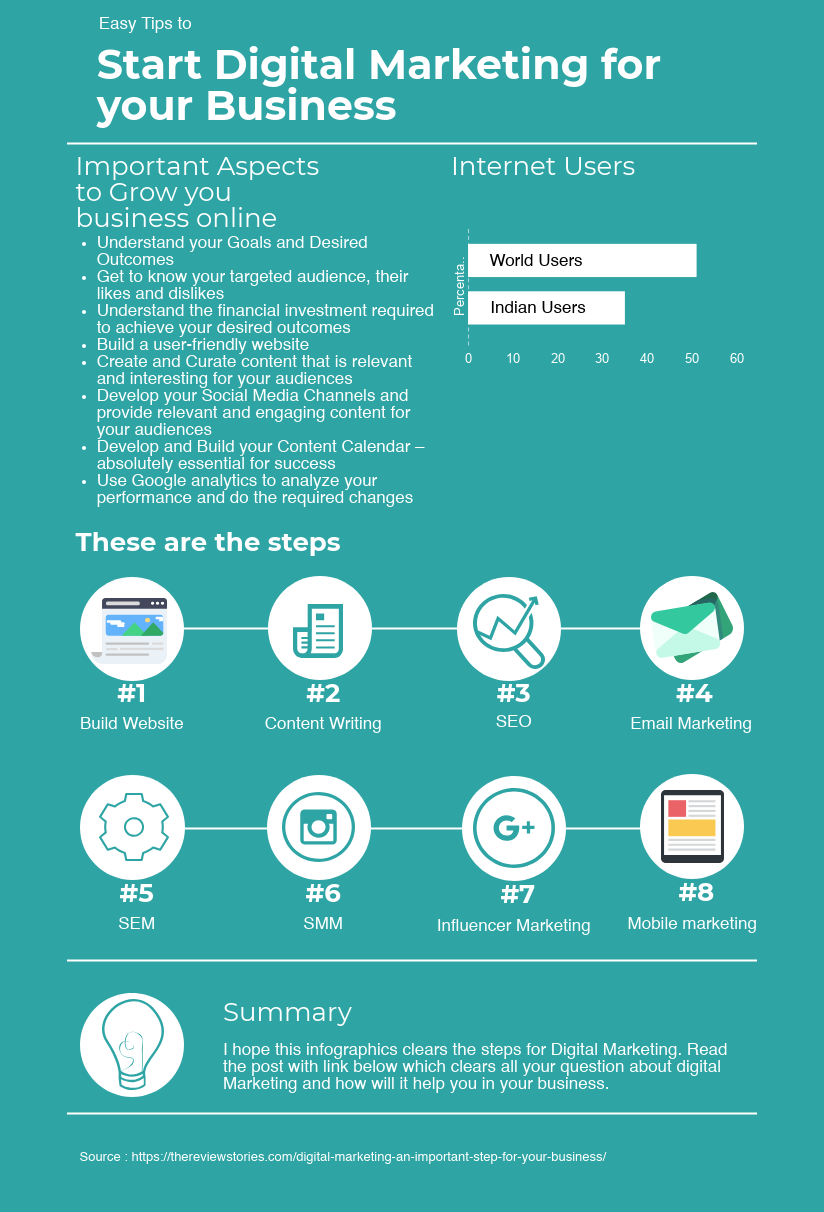Starting A Mission To Expose The Evolutionary Story Of Pediatric Dentistry
Starting A Mission To Expose The Evolutionary Story Of Pediatric Dentistry
Blog Article
Personnel Writer-Somerville Linde
As you discover the elaborate journey of pediatric dental care, mapping its evolution from the past to the present and glimpsing right into the future, you'll discover a tapestry woven with development and care. From historic landmarks to existing patterns and future opportunities, the landscape of pediatric dental treatment is ever-changing and full of potential. Ready to uncover the keys of just how this area remains to adjust and flourish, guaranteeing brighter smiles for generations to come?
Historical Milestones in Pediatric Dentistry
Throughout background, pediatric dental care has actually seen considerable improvements and milestones that have actually shaped the area into what it's today. One critical milestone was the establishment of the first oral university in 1840, where dentistry began to be acknowledged as a specialized field needing specific knowledge and abilities. As the area evolved, the very early 20th century saw the introduction of dental X-rays, revolutionizing diagnostics and treatment preparation for pediatric patients. In addition, the advancement of fluoride treatments in the mid-20th century dramatically boosted preventative treatment and reduced the frequency of dental cavity in youngsters.
One more landmark in pediatric dentistry was the creation of the American Academy of Pediatric Dentistry in 1947, which intended to promote optimal oral health for children. Endodontist played an essential duty in setting criteria for pediatric oral care and advancing study in the field. These historic milestones laid the foundation for contemporary pediatric dental care, emphasizing the significance of specialized care for kids's dental health.
Current Trends in Pediatric Dental Care
Incorporating innovative technology and customized preventative approaches, modern-day pediatric dental treatment continues to adapt to the developing requirements of young clients.
The following trends showcase the current landscape of pediatric dental treatment:
1. ** Digital Dentistry **: Digital impressions, 3D imaging, and CAD/CAM modern technology are transforming the means pediatric dental practitioners diagnose and deal with dental health problems in kids. These developments boost accuracy, effectiveness, and person convenience during oral treatments.
2. ** Tele-Dentistry **: With the increase of telemedicine, tele-dentistry has emerged as a hassle-free means for pediatric dental experts to supply assessments, follow-ups, and even certain treatments remotely. This approach enhances accessibility to care, particularly for clients in rural or underserved locations.
3. ** Preventive Emphasis **: Pediatric dentistry currently positions a more powerful focus on preventive measures such as sealers, fluoride treatments, and very early orthodontic interventions. By promoting excellent oral health behaviors and regular oral sees from a young age, practitioners aim to prevent oral problems prior to they rise.
Future Developments in Pediatric Dentistry
Looking ahead, pediatric dentistry is positioned to present innovative innovations and cutting-edge approaches to even more boost the oral health care of young patients.
One amazing development coming up is making use of 3D printing in creating customized oral appliances like dental braces and mouthguards, offering a more exact and comfy fit for kids.
In https://cristiankfztm.answerblogs.com/35980311/the-advantages-of-oral-implants-for-a-better-lifestyle , virtual reality (VR) innovation is being discovered to help reduce oral anxiety in young patients by offering immersive diversions during treatments.
Nanotechnology is one more area of rate of interest, with the prospective to create nanomaterials that can remineralize teeth and prevent tooth cavities more effectively.
Tele-dentistry is additionally acquiring traction, allowing for remote assessments and monitoring, which can especially profit youngsters in rural or underserved locations.
Moreover, Oral and Maxillofacial Surgery might quickly contribute in tailored preventive treatment, determining children's predispositions to specific dental health conditions.
These advancements signify an exciting future for pediatric dental care, guaranteeing improved results and experiences for the youngest oral clients.
Conclusion
As you review the advancement of pediatric dentistry, bear in mind that advancements in modern technology and customized care remain to form the area.
Imagine a child called Emily, that took advantage of a 3D published dental home appliance that completely fit her distinct needs, ensuring her comfort and oral health.
The future of pediatric dentistry holds interesting opportunities, providing innovative solutions to enhance the dental experiences of young clients like Emily.
